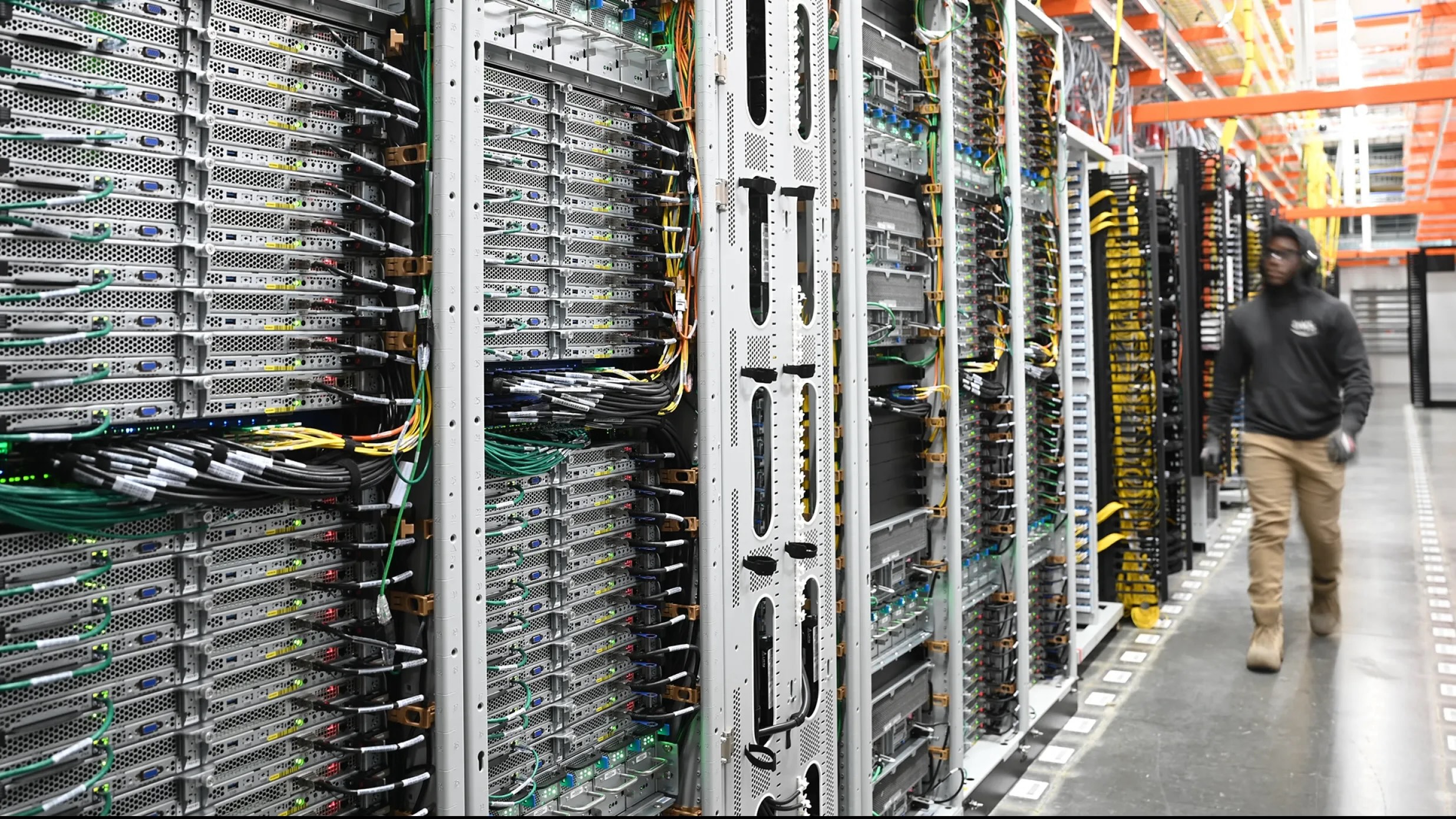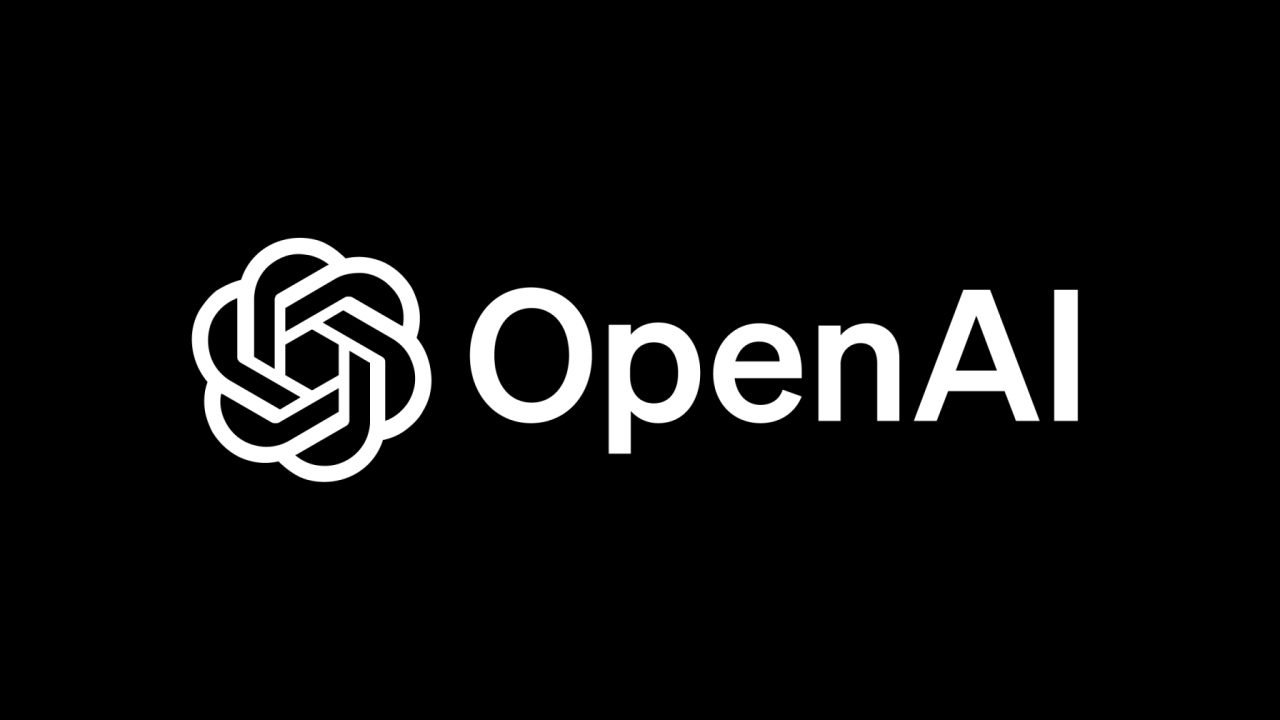Amazon Web Services (AWS) has partnered with Orbital Materials, which develops climate technologies and advanced materials, to find new methods for decarbonising data centres using AI technology.
The multi-year partnership will see AWS working with Orbital to use an AI platform to synthesise and test new technologies and advance materials such as integrated carbon removal, chip cooling, and water management.
Orbital aims to launch its integrated data centre carbon removal technology by the end of 2025.
The development of new advanced materials can be a slow process of trial and error in the lab. Orbital plans to replace this with generative AI design, which it says will improve the speed and efficacy of materials discovery and new technology commercialisation.
The company claims that since using an AI platform, it has seen a tenfold improvement in its materials performance.
As part of the partnership, Orbital will pre-train its frontier foundation models on Amazon SageMaker HyperPod, a purpose-built infrastructure for distributed training at scale. It will also deploy AWS’s custom silicon, Trainium, to improve cost performance for its deep learning workloads.
Orbital’s open-source AI model for simulating advanced materials, Orb, will be made available for AWS customers via Amazon SageMaker JumpStart and AWS Marketplace. This marks the first time an AI-for-materials model has been launched on an AWS platform.
AWS said that Orb will enable its customers working on advanced materials and technologies, like semiconductors, batteries, and electronics, to access research through a secure and unified cloud environment.
"AWS looks forward to collaborating with Orbital and their mission to drive data centre decarbonisation,” said Howard Gefen, general manager of AWS energy & utilities. “Together, we have the opportunity to set new benchmarks for carbon removal and efficiency across the industry."
Latest News
-
The top technology trends to expect in 2026
-
The most read National Technology News stories of 2025
-
Lyft and Uber sign deals with Baidu for robotaxi trial in London
-
Nextdoor launches AI-driven self-serve ads platform for small businesses
-
Italy's antitrust fines Apple €98.6m over alleged App Store dominance
-
Visa partners with UAE real estate firm to launch voice-enabled agentic commerce payments
The future-ready CFO: Driving strategic growth and innovation
This National Technology News webinar sponsored by Sage will explore how CFOs can leverage their unique blend of financial acumen, technological savvy, and strategic mindset to foster cross-functional collaboration and shape overall company direction. Attendees will gain insights into breaking down operational silos, aligning goals across departments like IT, operations, HR, and marketing, and utilising technology to enable real-time data sharing and visibility.
The corporate roadmap to payment excellence: Keeping pace with emerging trends to maximise growth opportunities
In today's rapidly evolving finance and accounting landscape, one of the biggest challenges organisations face is attracting and retaining top talent. As automation and AI revolutionise the profession, finance teams require new skillsets centred on analysis, collaboration, and strategic thinking to drive sustainable competitive advantage.
© 2019 Perspective Publishing Privacy & Cookies









Recent Stories